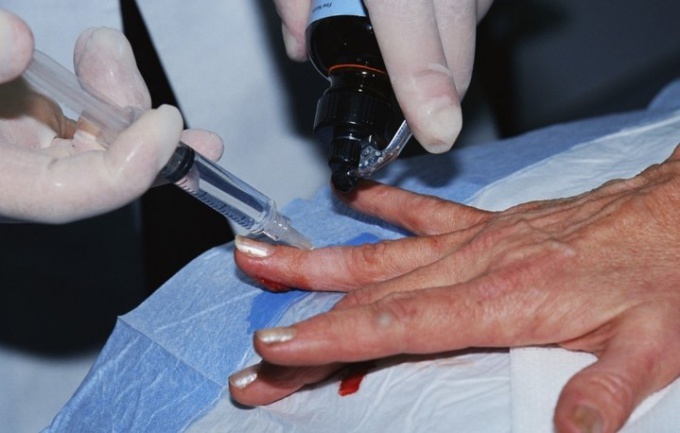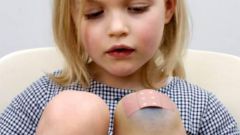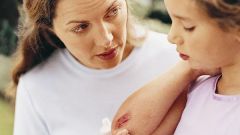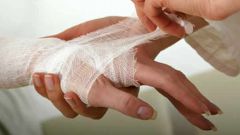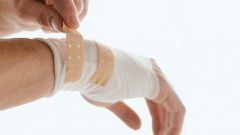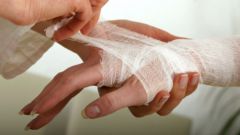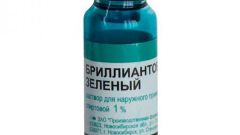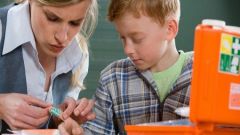You will need
- - gauze;
- Vata;
- - the bandage;
- - disinfectant.
Instruction
1
Wash hands and prepare all the necessary procedures for cleaning and bandaging. For deep damage, which affects not only the skin but also muscles and internal organs, as a disinfectant, you can use iodine, alcohol, gasoline, etc., These substances in any case can not shed into the wound – they increase the tissue damage!
2
Moisten cotton or gauze with disinfectant several times and carefully wipe the skin around the wound. This treatment will not allow bacteria from surrounding skin can enter the body through damage. Apply on the injured area with clean gauze, then a layer of cotton wool and gently and cover the wound with a bandage. Cleansing deep damage from dirt and dead tissue must deal with a doctor, so the patient after bandaging should be sent to the emergency room.
3
Superficial damage to the skin if contaminated, can be cleaned easy with soap and water. But better to clean it with 3% hydrogen peroxide which not only removes the wound from dirt and germs, but also helps to stop bleeding from small vessels.
4
Rinse the wound surface, DAB it with a clean cloth without making movements back and forth that can resume the bleeding. Cotton swab clean the skin around the abrasion green paint, rubbing alcohol or iodine. Even better to use for disinfecting aqueous solutions or chlorhexidine miramistina. But if you have no antiseptics, use tinctures of calendula and eucalyptus.
5
Seal abrasion bactericidal plaster. If it does not appear, use the usual, but first cover the wound with a sterile gauze pad. Non-sterile cloth before applying it is possible to impregnate any alcohol tincture (but not iodine), chlorhexidine or Miramistin, and then squeeze dry. Instead of plaster you can use a bandage.
Useful advice
Even a superficial wound can cause the development of dangerous diseases – tetanus. Deep damages, especially from animal bite, strike with a sharp object, ax, etc., can cause more serious complications. Contact the clinic to ensure that you do preventive vaccination.
